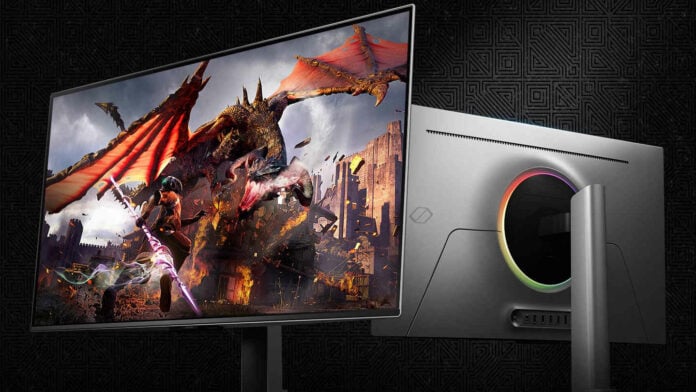2024 is a watershed moment for the popularity of QD-OLED as well as AI, and now Samsung is merging both forces together in its new Odyssey OLED G8 monitor. While the display faces stiff competition from rivals using the same Gen 3 panel, features like an AI upscaler and other proprietary tech could see it rise to the top.
Samsung remains heavily involved and invested in the manufacturing of QD-OLED panels. This investment has undoubtedly played a part in cementing its Odyssey displays as some of the best gaming monitors. However, its investment doesn’t translate to inherent advantage. With this in mind, Odyssey OLED G8 still has everything to prove.
| Specification | Samsung Odyssey OLED G8 |
|---|---|
| Screen size | 32in |
| Resolution | 3840×2160 |
| Refresh rate | 240Hz |
| Panel technology | QD-OLED (Gen 3) |
| Variable refresh rate | Yes (AMD FreeSync Premium Pro) |
| HDR | Yes |
| Ports | HDMI 2.1 (with eARC) (x1) HDMI 2.1 (x1) DisplayPort 1.4 (x1) USB 3.0 Type-A Downstream (x2) USB 3.0 Type-B Upstream (x1) |
| Speakers | Yes (10W) |
| KVM switch | No |
Odyssey OLED G8 packs a 32in Gen 3 QD-OLED panel. This is the same screen as used in competing monitors, such as MSI’s MPG 321URX QD-OLED. As such, it boasts a native 4K resolution and 240Hz refresh rate. The display also boasts other expected creature comforts including AMD FreeSync Premium Pro and a USB hub.
It does boast a few unique features compared to its rivals though. Exclusive to Odyssey OLED G8 (at least, for now), is the addition of an NQ8 AI Gen3 processor. This is the same chip Samsung uses in its flagship 2024 TVs. Using its neural processing unit (NPU), it can upscale low resolution content to “nearly 4K” according to Samsung.
Sadly, NQ8 AI Gen3 only upscales content contained in applications installed on the monitor’s internal storage. This means it can’t give your games a spit and shine unless you play them through Samsung Gaming Hub. Unfortunate as this is, I’d sooner put faith in the likes of Nvidia DLSS for PC games than this approach. Still, the notion of putting Smart TV operating systems into gaming screens does intrigue me.
Alongside its AI processor, Samsung hopes to enhance picture quality with its new ‘OLED Glare Free’ panel coating. There’s unfortunately little in the way of specifics of how it differs from the gloss finishes on other QD-OLED displays. That said, the company claims the screen is “54% less glossy than conventional anti-reflection film”. I’d prefer to see matte finishes disappear from gaming monitors altogether. Although, I’m open to technologies like this warming me to the approach.
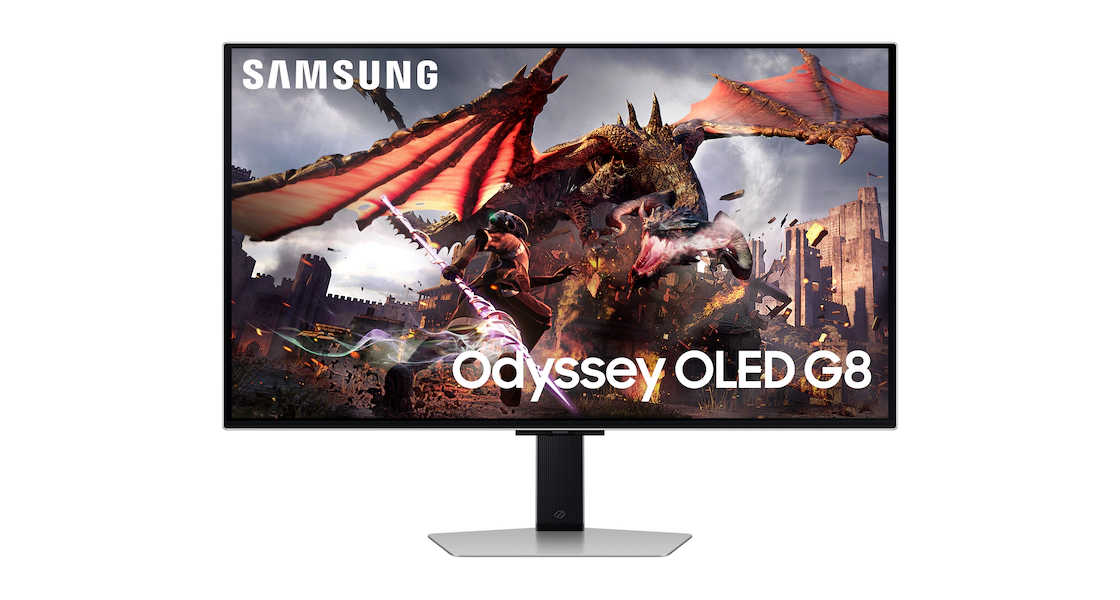
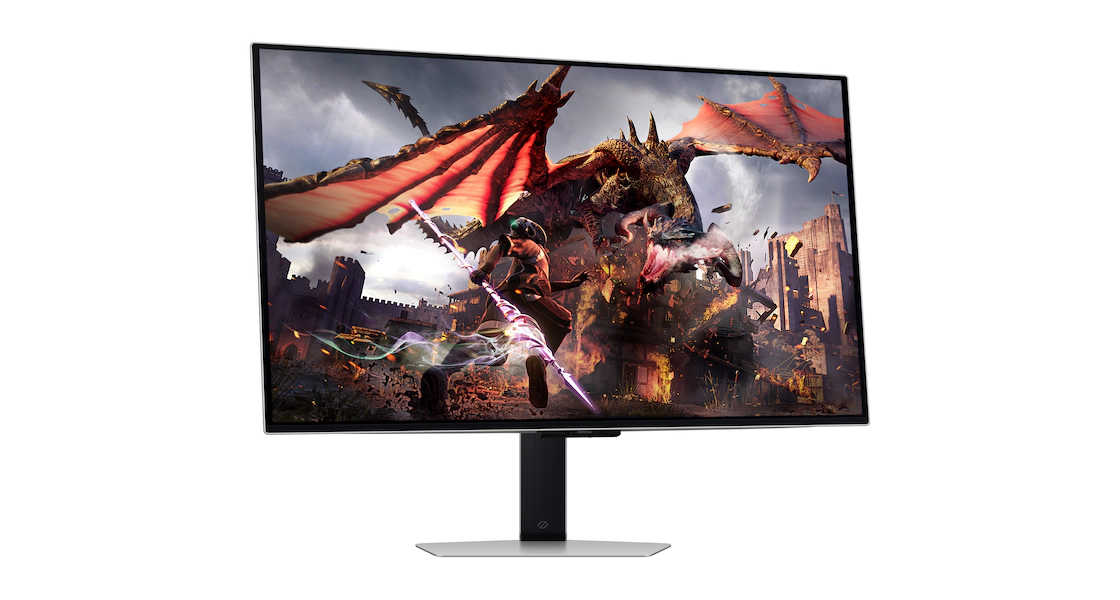
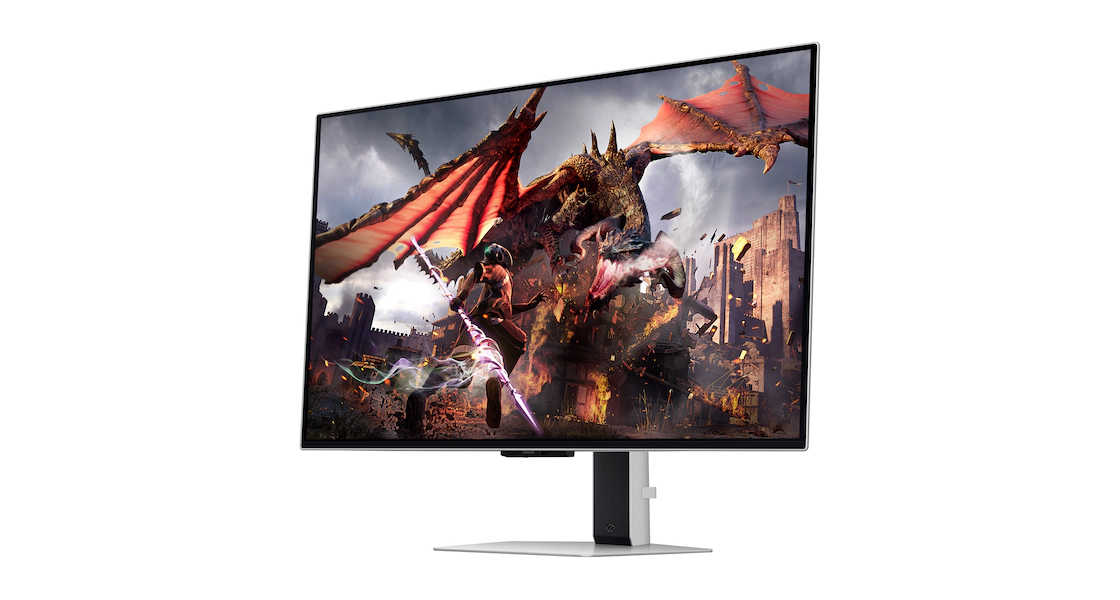
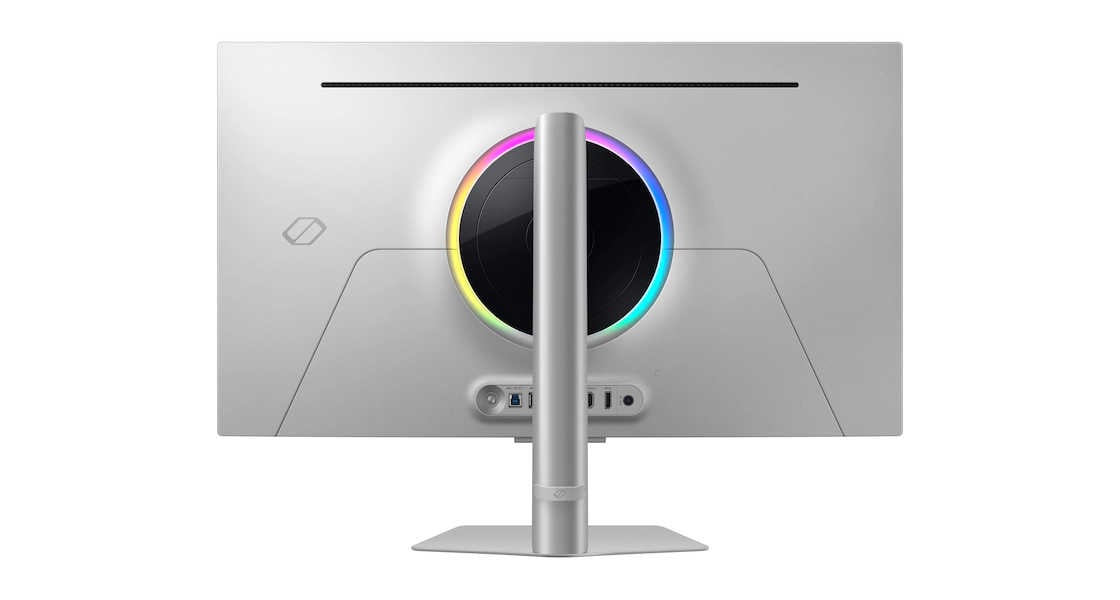
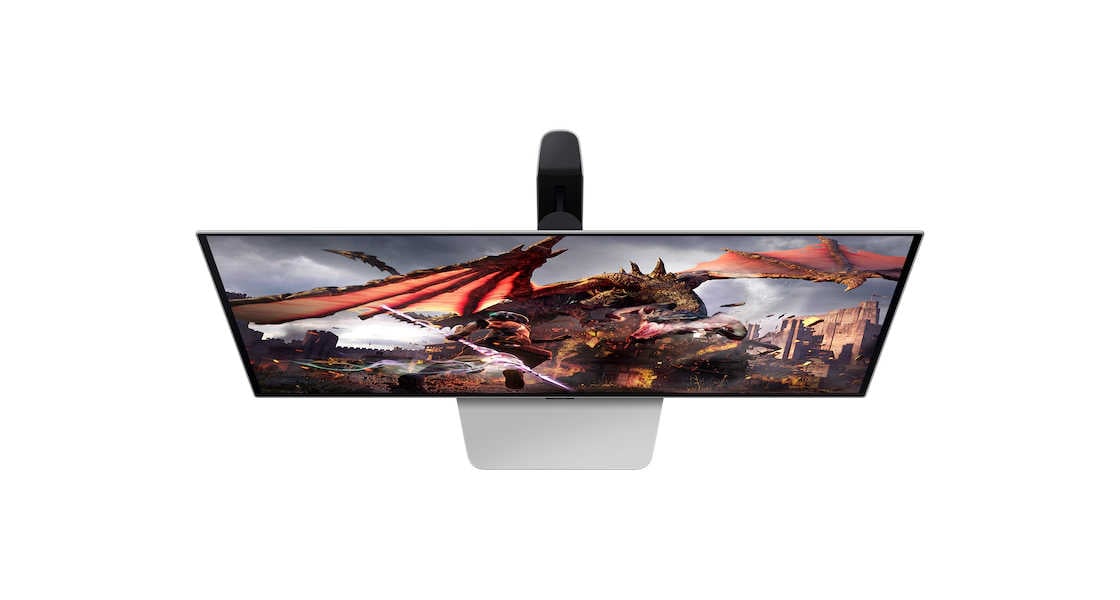
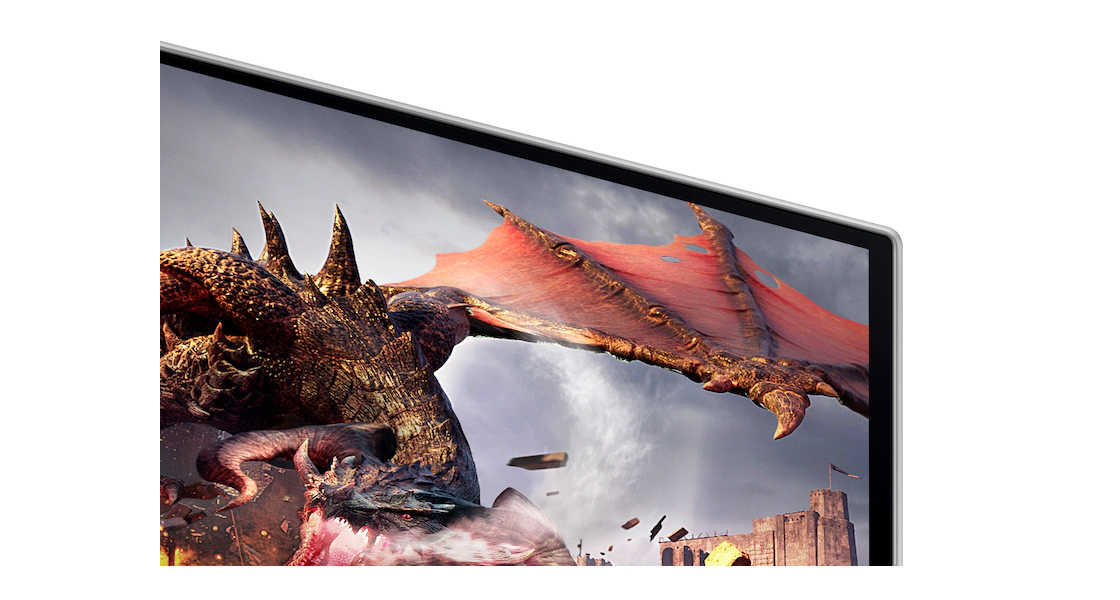
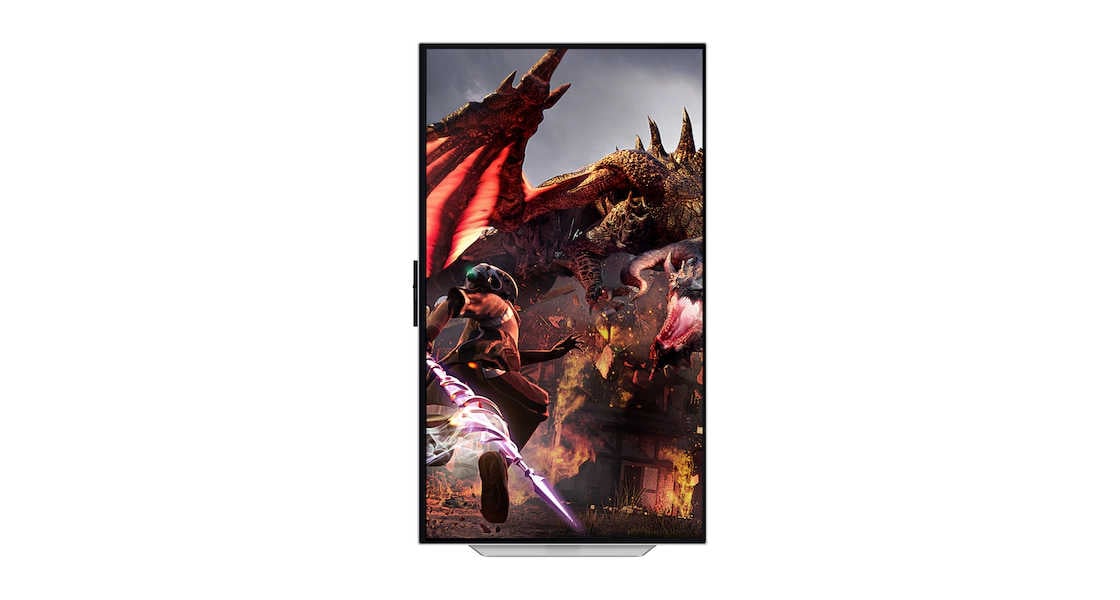
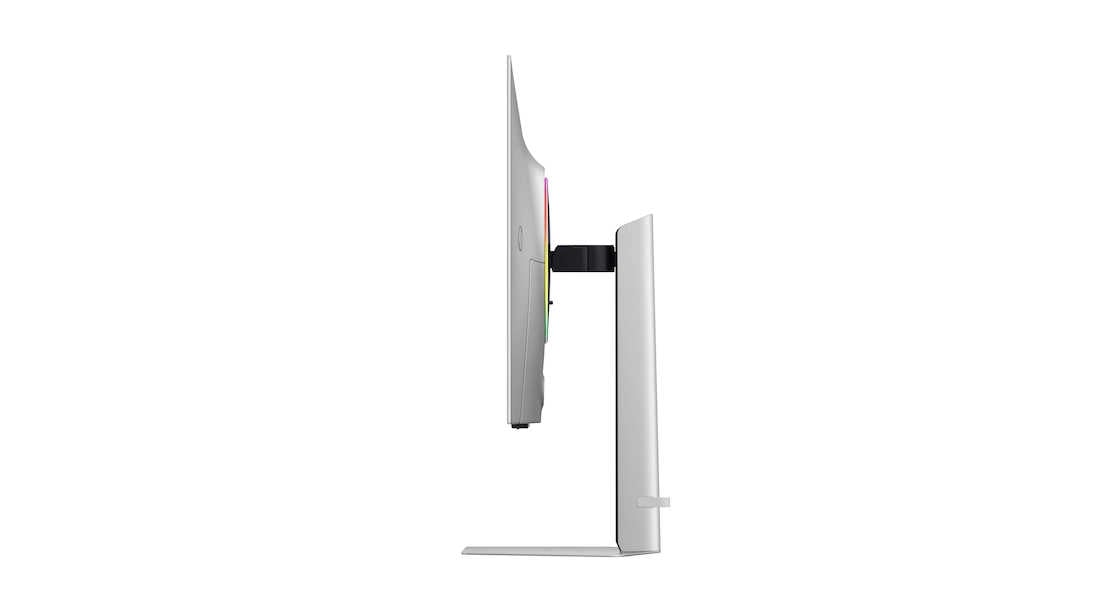
Odyssey OLED G8 is now available in the US for $1,299.99. Meanwhile, the monitor should arrive in the UK imminently, with an asking price of £1,099.99.
For more QD-OLED goodness, give our Aorus FO27Q3 review a read. We’ve also seen Cosair’s new ultrawide Xeneon 34WQHD240-C in action at Computex. Samsung isn’t the only one putting AI into monitors, as MSI’s MEG 321URX does the same but different.


